Discover the wide range of food and drink products that Europe has to offer - from fruit and vegetables to olive oil, cheese and meats, in addition to the safety, quality and sustainability standards that ensure that European food is more than just food.
Fruit and Vegetables
Europe has a long-standing tradition of producing exceptional fruits and vegetables. The region takes immense pride in its diverse culinary heritage and is renowned for its high-quality agricultural products. When selecting EU fruit and vegetables, you can be sure that they have been harvested under favourable climate and soil. From the Arctic coast to the Mediterranean, from valleys to mountains, Europe’s landscape is populated with a rainbow of red, green, yellow, orange, and pink fruit and vegetables.

More than Fruits
The high quality of European fruits and fruit juices makes them a source of inspiration for all those who love to cook – professional or not. The main fruit in terms of volume harvested in Europe are apples and oranges. These crops are only a small part of the range of fruit that Europe produces, which includes, but is not limited to, peaches, pears, limes, lemons, watermelons, and berries of all kinds.
More than Vegetables
The majority of vegetables produced in the EU include tomatoes (which in Europe are considered vegetables), peppers, eggplants, courgettes, cucumbers, and gherkins. Cherry, grape, round and Coeur de Boeuf are some of the 2,600 varieties of tomatoes grown in different regions and climates of Europe. There are also root, tuber, and bulb vegetables such as carrots, radishes, onions, shallots and garlic and leafy stalked vegetables such as lettuce, spinach, chicory, endives, asparagus, and artichokes, among others.
In the EU, even plants have their own travel documents. For each plant meant for cultivation/ planting, a ‘plant passport’ records safety checks during growing and harvest seasons. Crop rotation also plays an important role in EU Organic farming and maintaining soil and plant health. The EU incentivises farmers to use non-chemical methods to get rid of pests in their production. For all fruit and vegetables grown in Europe, the EU has set maximum residue levels for pesticides to protect consumer health.
EU quality schemes, such as PDO and PGI, further show that the fruits and vegetables from Europe are grown with love and care. So, whether you fancy sampling a Danish jam for breakfast, adding frozen berries from Poland to your dessert or topping your bruschetta with sweet cherry tomatoes from Spain, you can bask in the knowledge that their consumption is filling your body with something healthy.
Olive Oil
European oil is more than oil; it is a healthy and authentic flavour of Europe's Mediterranean region. Thanks to stringent production standards, the extremely high quality of European Olive Oil as well as its nutritional and health properties is appreciated in Europe and beyond. The EU produces over 70% of the world’s olive oil, in addition to a spectrum of oils, vinegars and sauces packed with delicious flavours, good fats and antioxidants.
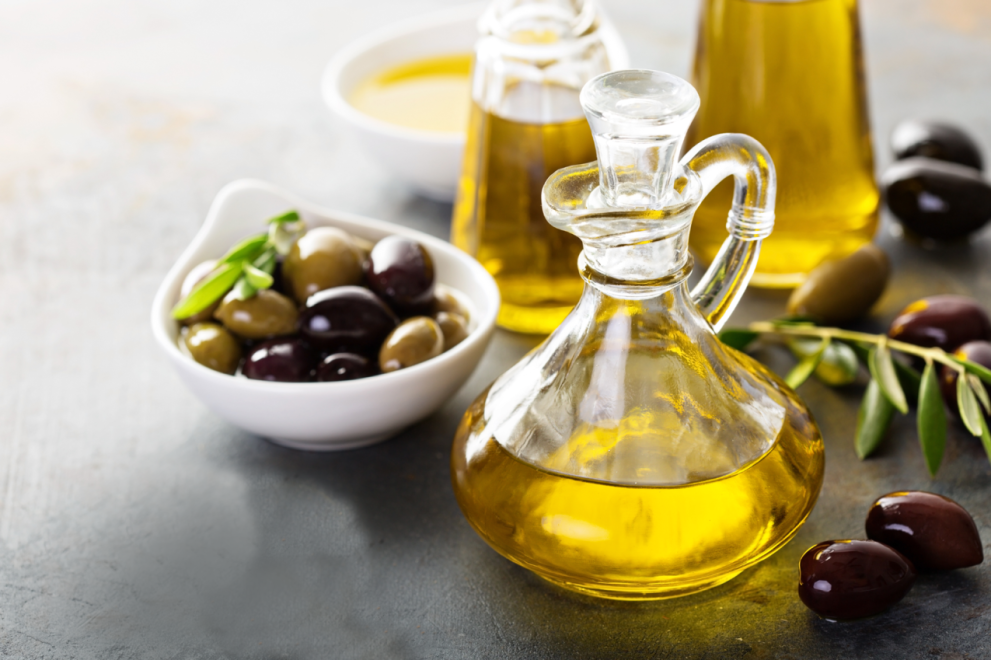
European olive oils are recommended in many healthy diets because they are guaranteed to be a genuine product, rich in good fats and antioxidants, and subjected to the world's most stringent safety standards. The high quality of olive oil in the EU makes it a favourite among cooks, whether amateur or professional.
Over 120 European olive oils are protected by the Protected Designation of Origin (PDO) label, meaning they all have verified ties with traditional methods of production, whether in Greece, Italy, Portugal, or Spain. New flavours of olive oil have also been produced for centuries in other EU countries such as France, Slovenia, Croatia, Cyprus, and Malta. The Kalamata Olive oil PDO, for example, is special because it is entirely produced in the region of Kalamata in Greece, using only olives which grow there. Similarly, Azeite do Ribatejo olive oil PDO is produced in the Santarém region of Portugal while Terre di Siena, is made with olives sourced from trees in Tuscany. Subtle differences in the climate where these olives are grown results in variations in the olive oil’s taste as well.
Keeping up with EU’s various quality schemes, olive groves represent more than 1/3 of all organic crops in Europe which ensures that consumers have the choice of best quality oils.
Pork
European pork is more than meat. Thanks to the highest standards covering every aspect of handling, from the barn to the butcher’s shop, it is a high-quality and healthy introduction to Europe’s gastronomic heritage. Pork has a rich history in European cuisines, evidenced by a remarkable diversity of pork products including sausages, dry-cured hams, wet-cured hams, and a myriad of other cold cuts and charcuterie recipes.
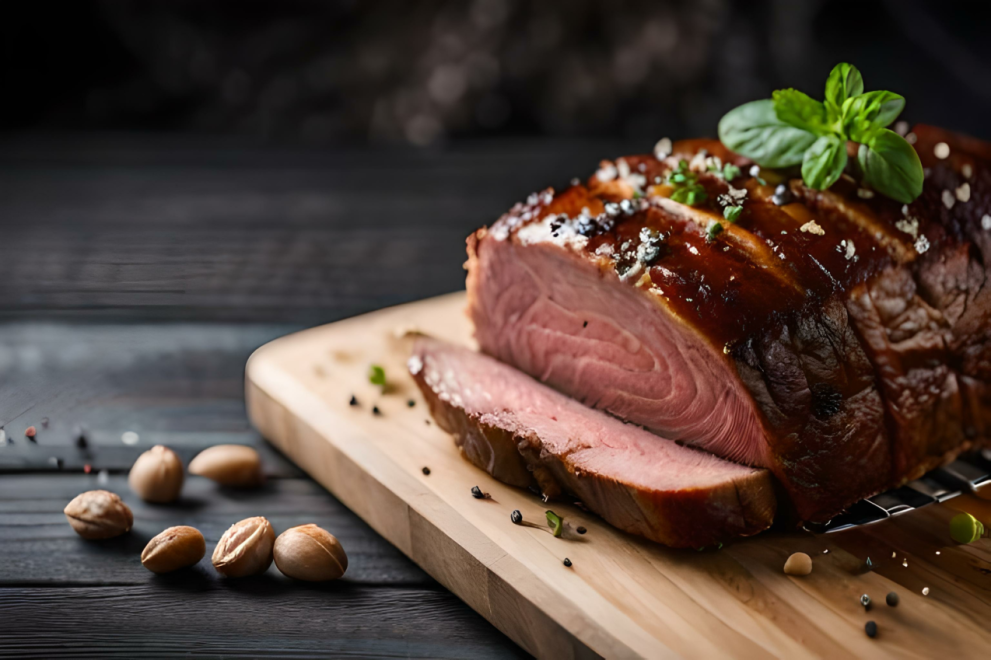
In order to ensure that consumers are protected from any contamination in either fresh or processed meat, the EU created some of the world’s most stringent safety regulations applicable to meat and poultry production and some of the world's pioneering animal welfare rules.
This high level of consumer trust is strengthened by the introduction of the concept of full traceability that guarantees the tracking and tracing of any meat product through all stages of production, processing and distribution. Labels on EU meat do not just indicates where it comes from, but clearly state organic, Halal or other certifications. Whether it is the traditional, intense, and nutty Jamón Serrano (PGI) from Spain or Meso crne slavonske svinje from Croatia, European meats stand out as an exceptional choice for any meat enthusiast, elevating the flavour of many a dish.
Poultry
Poultry from the European Union stands out for its authenticity, quality, and safety, thanks to the strictest food production and safety regulations implemented by the EU. With a strong emphasis on animal welfare, the EU ensures that poultry products including meat and eggs are produced with utmost care and full traceability.
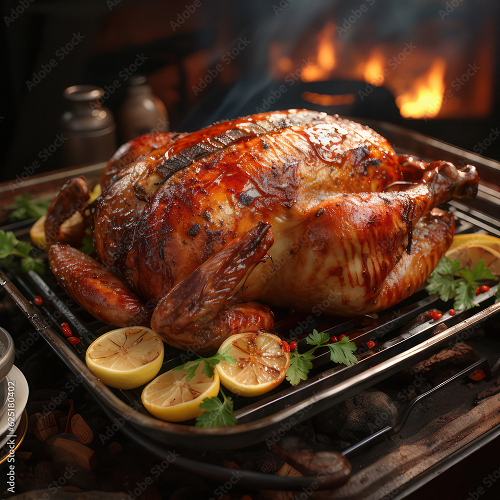
Europe offers a wide range of authentic and indigenous poultry products, be its renowned chickens, turkeys, or geese. These premium poultry breeds offer exceptional taste and texture, enhancing any dish it is added to. Alternatively, to infuse a taste of Europe into your favourite chicken recipes, one should consider using Coucou de Malines chicken from Belgium, turkey from Bresse in France or eggs from the Kamnik Alps region in Slovenia, renowned for its superior quality and flavour.
All animals and animal products must meet strict health requirements before they can be imported into or traded within the Union. EU rules also require farm animals to be identified so that they can be traced. All EU Member States carry out regular inspections to guarantee hygiene and animal welfare on farms. EU eggs are some of the safest in the world and are produced sustainably. The EU has taken proactive measures to significantly decrease emissions intensity for egg production since 1990, and so despite an increase in production, emissions of Greenhouse Gases (GHG) have not increased.
To ensure that consumers are protected from any contamination in either fresh or processed poultry, the EU has created rigorous production standards and traceability from farm to fork.
Dairy
EU cheese and dairy products embody tradition, authenticity, diversity, traceability, and innovation. From the first spoonful of creamy yogurt at breakfast to a delectable cheese plate at dinner, European dairy products are a staple on tables worldwide. With robust regulations and utmost transparency, each batch of milk or dairy product produced in the EU is fully traceable at any stage of production or distribution making it easy to identify where exactly the milk came from.
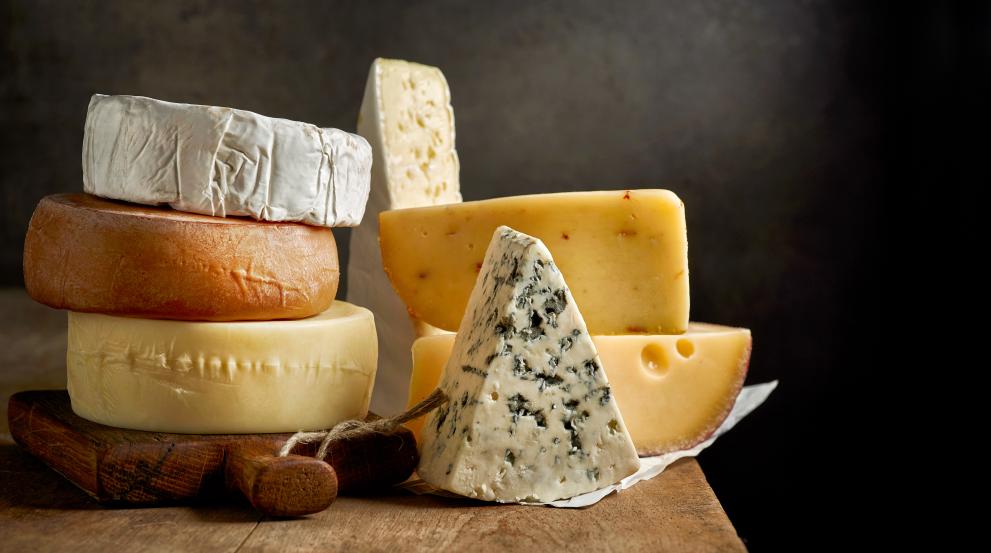
Well-looked-after cows produce better milk, which is why European dairy producers follow strict safety standards for animal feed, milking, stall size and grazing pastures and control the presence of hormones, contamination and more. EU labels on dairy products let authorities find clear information about the farms they were produced in. These mandatory food labels do not just tell where in Europe your cheese comes from, but also provide insights into the producers and their commitment to quality.
The expertise of local cheese and dairy producers blend traditional and innovative practices for freshness and safety. There are over 1,000 European cheeses, each distinguished by different textures and tastes, including soft, semi-soft, blue-veined, and more. Spain contributes to the tapestry of flavours with its Queso Ibores (PDO), a goat cheese infused with papaya, offering a unique blend of sweet and savoury. Smoked cheese from Lithuania tantalises taste buds with its rich, smoky notes. Slovenia presents Bovški sir, another PDO-protected gem, showcasing the region's time-honoured cheese-making traditions. These examples illustrate the incredible diversity and innovation found within the EU's cheese and dairy industry, providing an endless array of options to satisfy every cheese lover.
Organic label means prohibiting the use of hormones and restricting the use of antibiotics to only when necessary for animal health. Organic milk comes from cows, sheep and goats living in a welfare-oriented animal husbandry: outdoors in summer with access to pasture and indoors in winter when the climate is rough, with organic forage and enough space for regular exercise. European cheese producers also use much less energy for their production than those in other countries, leading to fewer energy related GHG emissions.
Chocolate, confectioneries, sugar, and other baked goods
When it comes to chocolate, sugar and confectionery, Europe is renowned for its tradition, authenticity, quality, and remarkable diversity. Mandatory EU labelling on the wide spectrum of popular baked goods and sweets guarantee the best and safest ingredients for chocolates, pastries, and biscuits that are perfect for varied tastes and occasions.
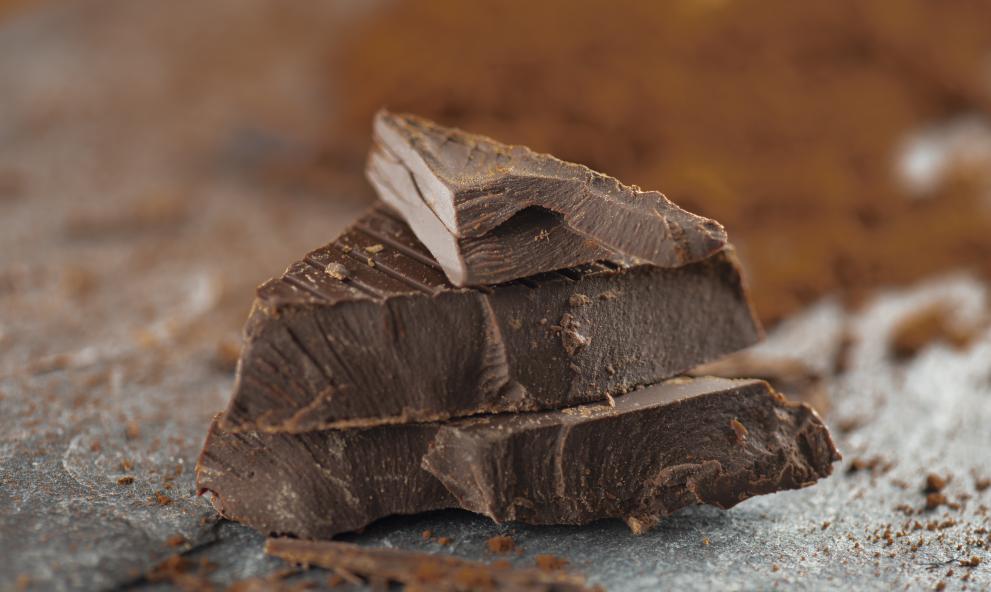
Almost two centuries ago, the European Union introduced sugar beet as a cultivated crop and, through decades of dedicated effort, has honed and perfected the techniques for its cultivation. Now, the European Union holds the global top position in beet sugar production, with the majority of its sugar beet cultivated in the northern half of Europe. This region benefits from its cold, humid winters, which create an optimal environment for sugar beet cultivation. Today, European sugar is used as the key ingredient in producing some of world’s finest chocolates, confectionery, and baked goods.
Chocolate is one of the most popular flavours in the world, and it is no exception in Europe. European chocolate follows strict safety standards, even if it is chocolate produced by a small family-run chocolate atelier. Notable examples of European chocolate craftsmanship are found in the dark chocolates from Belgium and Denmark. Renowned for their exceptional quality, these chocolates offer an intense eating experience.
Europe’s unique history and diversity has led to the creation of some of the world’s most iconic and well-known confectionery including the delicious Italian tiramisu, German apple strudels, Swedish Spettekaka and more. Behind many confectionery products there is a long history of culinary traditions passed on from one generation to the next. The quality is also related to the way they are produced, which results in a consistent final product. For example, cookies undergo quality and security checks, right from the ingredients to the visual checks on the final product.
The European confectionery industry is carefully regulated to ensure its quality. Even small producers are supported by industry associations and get access to the latest findings in safety research. EU regulations, codes of practice and guidance govern the production, processing, packaging, labelling, distribution, and retail of confectionary products. Today, over 12,000 European companies are active in the chocolate, biscuits, and confectionery sector.
Wines, beers, and spirits
European wines, beers and spirits are more than alcoholic beverages, thanks to exceptional raw materials, timeless craftsmanship and unwavering safety standards. Europe is the birthplace of the world’s wine industry, and traditions of winemaking are proudly passed from generation to generation; they have defined European rural landscapes for centuries. Nowadays, the EU accounts for 45% of world’s wine-growing areas, 65% of wine production, 57% of global wine consumption and 70% of exports, making it the world leader in each of these categories. More than 1700 European wines have PDO and PGI protections, whatever your preference, you will find something to delight you among the wines of Europe. Red, white, rosé or sparkling wines from Europe can help make any occasion special.
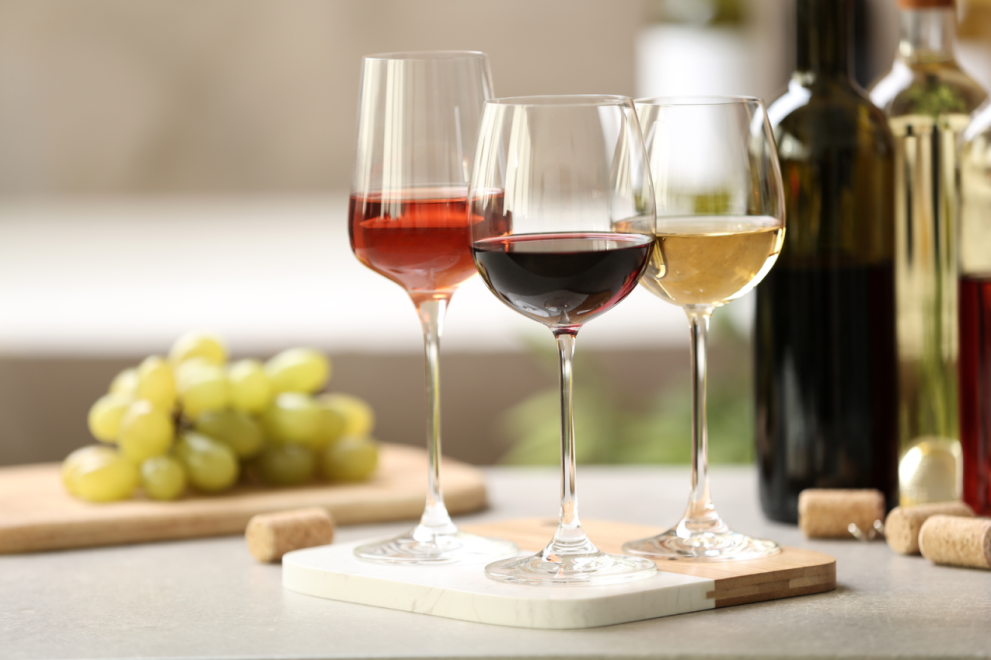
Europe – A beer lover's paradise
The EU is universally recognised as the birthplace of modern brewing and has around 8500 breweries today. The European beer – is a result of careful selection of quality raw materials – various malted cereals, converted into alcohol by yeast and flavoured by hops. From Lithuanian lagers, Pilsners, ales, porters, and Hefeweizens to the timeless German wheat beer with countless varieties to choose from, options to enjoy EU beers are endless.
Spirits – the distilled essence of Europe
Just like wines and beers – Europe has a wide selection to offer the spirit connoisseur. From Swedish aquavit (PGI) to Irish whiskey (PGI) or Trejos Devynerios Vodka (PGI) from Lithuania, spirits represent the diverse tastes of Europe, distilled in a bottle. As an aperitif before a meal, a ‘digestif’ afterwards or just a drink to sip and enjoy in its own right or in a cocktail, the varied subtle flavours of Europe’s spirits and liqueurs are a treasure trove just waiting to be discovered.
A tradition of quality and excellence
Many of EU wines, beers, and spirits are protected by PDO and PGI labels, serving as a guarantee of their authenticity and quality. The EU provides a common legislative framework for production and labelling and the protection of geographical indications, so that consumers can enjoy them in the knowledge that they have been produced to the highest quality and safety standard.

